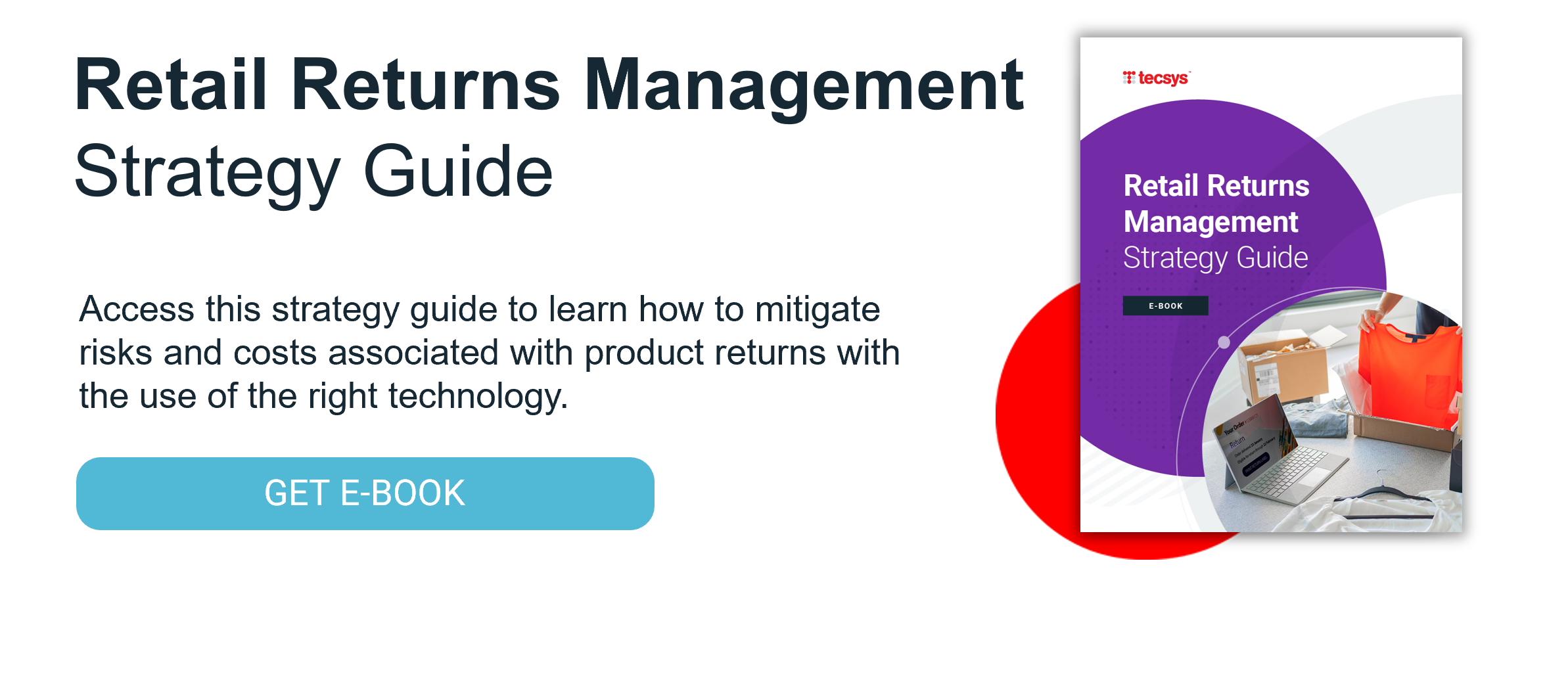
This article was originally published on RIS News.
Here are three tips for developing return processes and policies that keep customers happy, streamline workflows, and optimize inventory.
While returns are a headache for most retailers, they are a necessary evil and one that continues to grow as customers purchase more goods online. As we come out of the 2021 holiday season, a time when consumers return more items than any other time of year, retailers face the challenge of managing returns while maintaining profitability.
A critical factor for retailers to consider is the importance of flexible return policies when attracting and retaining customers. Among shoppers polled for the Returns in Retail in 2021 Customer Survey, 79% said free returns were important when shopping online, second only to free shipping (96%).
Here are some key factors for developing return processes and policies that keep customers happy, streamline workflows and optimize inventory.
Use BORIS for quick and easy compensation
Among consumers surveyed. 48% said the ability to buy online and return in store (BORIS), also known as cross-channel returns, is an important option to them.
For those retailers with the right systems in place, such as an order management system (OMS), accepting a cross-channel return is a straightforward process that circumvents the shipping costs typically associated with online returns. By bringing the customer into the store, it also presents the opportunity for additional sales.
Make the RMA process simple and mutually beneficial
When an online shopper ships back a product return, the retailer must provide a Return Merchandise Authorization (RMA). Traditionally, retailers did not issue a refund until after they have physically inspected the returned product, leading to customer frustration. A more consumer-friendly approach is to initiate the refund at the start of the RMA process, upon completion of the online form or when the item has been confirmed as shipped, instead of waiting until receipt.
Building some intelligence into the RMA process can also translate into better supply availability for consumers. Rather than route all returns to a DC, routing to a nearby store based on area stock levels can tighten up the process of getting product back into inventory and onto the shelves, not to mention cutting out shipping distance and cost.

Speed up resale through virtual inventory
At a time when the retail industry is facing significant supply chain disruptions and shortages, getting returned items back on the market and into the hands of consumers can boost satisfaction and profits simultaneously.
For items either returned in-store or shipped back to the warehouse/DC, the retailer should promptly record the return in its virtual inventory. The OMS will then make it visible to store associates, customers shopping online and available to promise (for e-commerce orders).
An important point to note is that once received back, the retailer should record the item as not only “received” but also “put away,” including its exact physical location (in-store or warehouse). The faster a product is located, the quicker it can get into the hands of another consumer.
Many happy returns for 2022
In its 2022 Retail Predictions, Forrester says returns “will become a hot differentiator for retailers in 2022”, noting how “customer-obsessed retailers and brands will invest to upgrade returns (locations, streamlined processes, refund issuance, internal returns processing).”
Implementing a modern omnichannel returns program will help support these processes by providing greater visibility to in-stock, purchased and returned items to keep both goods and revenue flowing.






